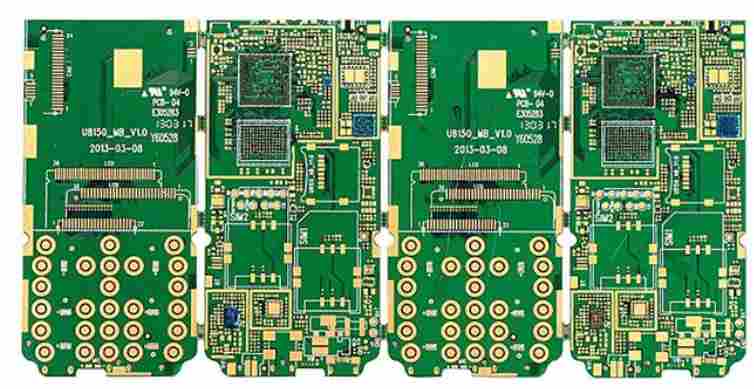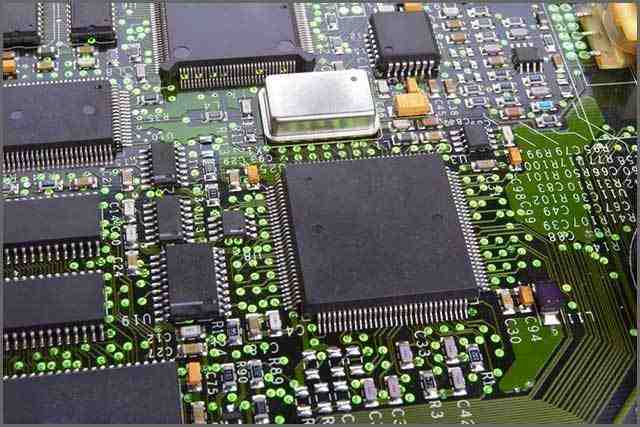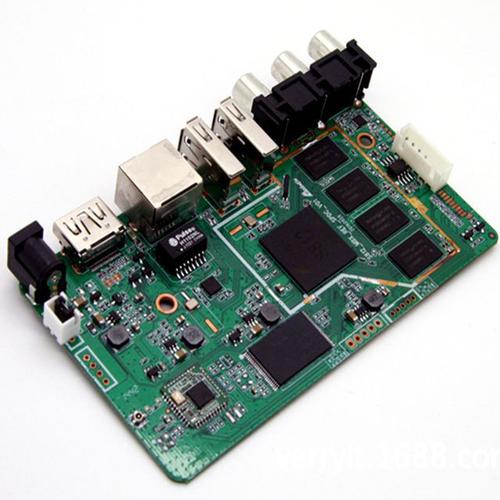
One,Overview of circuit board waste water
There are many pollutants in the circuit board production process, and the waste water mainly contains copper, chromium, nickel, zinc, acid and alkali pollution ingredients. If the above wastewater is not effectively treated, it will cause serious pollution to the environment. When natural water is polluted by acids, alkalis and heavy metals, the buffering effect of water is destroyed, which worsens water quality, inhibits or prevents microbial activities and reduces the self-purification capacity of water. At the same time, it also causes harm to crops. Heavy metal ions have great harm to health, and heavy metal ions in water will not be degraded by microorganisms, but can be absorbed, accumulated and enriched in organisms. It is very harmful to humans, fish and plankton, and may lead to crop loss or livestock death in severe cases. Therefore, it is necessary to carry out harmless treatment, according to the requirements of environmental protection must be strictly controlled, to meet the emission standards.

Two, circuit board waste water composition and classification
Printed circuit board industry wastewater water quality components complex, according to the water quality classification treatment, so we must first according to the water quality and treatment methods of different wastewater diversion.
1. Common printed circuit board wastewater contains:
Heavy metals: Cu, Ni, Pb, Sn, Mn, Ag, Au, Pd, etc.
Organic matter: all kinds of plating or electroless plating additives, complexing agent, cleaning agent, ink, stabilizer, organic solvent, etc.
Inorganic substances: acid, base, NH3-N(NH3 or ammonium salt), P(various phosphates), F, etc.
2, waste water should be divided according to the substance contained in ionic state Cu, Cu complex and organic matter three types of shunt or more. Ni and CN can decide whether to split according to the actual processing needs.
3, developing film removal (film removal, film removal) waste liquid main components are corrosion resistance ink, developer. High COD concentration is the main source of COD in PCB wastewater. Its chemical properties are special, should be separately separated after treatment.
4, complex heavy metals Cu and Ni should be separated from ionic wastewater and treated separately.
5. Waste liquid should be classified and collected separately.
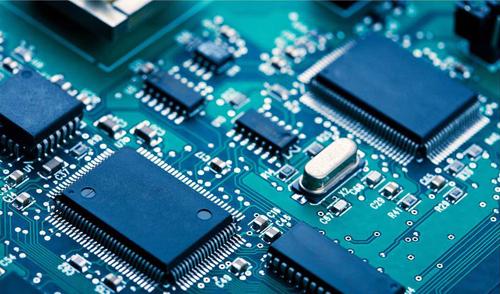
Three,PCB circuit board wastewater treatment technology
1,circuit board ink waste liquid pretreatment process
Ink waste liquid mainly refers to the development, film removal process of waste liquid, these waste liquid contains a large number of sensitive film, welding film slag. The waste liquid is alkaline and the PH value is generally between 11 and 13. The COD content is very high, generally ranging from 8000-10000mg/L.
The main composition of ink waste liquid is the organic acid salt generated by resin containing hydroxyl under alkaline conditions, and these resins containing hydroxyl are not easy to dissolve in acidic solution. The application of this basic property, in the treatment of developing and film removal waste liquid can be adopted waste treatment method, using the waste acid discharged from the production workshop to acidize the ink waste liquid, can add sulfuric acid solution when insufficient.
2,circuit board complexing wastewater treatment technology
The complexing wastewater mainly refers to the rinsing water discharged from acid/alkaline etching lines and PTH production lines. The pH value of this kind of wastewater is generally between 4 and 9. The wastewater not only contains complexing agents (the main complexing agents are ammonia < 50mg/L, formaldehyde, EDTA, etc.), but also contains a large number of metal ions (e.g. : Cu2+< 100mg/L), complexing agent and copper ions and other heavy metal ions form very stable complex, it is difficult to use the general flocculation precipitation method to treat the wastewater to the standard discharge.
Generally, copper ions will precipitate under alkaline conditions. However, in the production process of the circuit board, some processes must be copper plating under alkaline conditions. Therefore, some chemical agents such as EDTA are added to make it combine with copper ions, and the binding capacity is stronger than Cu(OH0)2, while no precipitation occurs. So in this case the copper ions can coexist with the OH-, so if you want to get rid of the copper in this wastewater. Due to the need of the treatment technology, the backwash water pretreated by the reuse water system and the filtrate of the filter press were mixed in the treatment process.
At present, some commonly used breaking methods are: direct breaking method, replacement breaking method, chemical precipitation method, heavy metal collector precipitation method, ion exchange method.
3. circuit board Treatment process of wastewater containing cyanide
Cyanide-containing wastewater mainly comes from electronickel gold production line, nickel gold sinking production line, and rinsing water after electrogold or gold sinking process. This kind of wastewater contains high toxicity. 20mg/L), environmental protection requirements for this kind of wastewater to be independent collection, for treatment. Hydrogen cyanide root ion can not be directly removed by the general flocculation precipitation method, but must be broken through oxidation, the structure of its chemical bond, and finally degradation, CO2 and N2 have been removed.
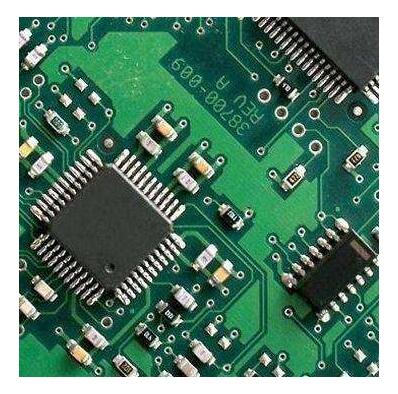
4, circuit board organic wastewater treatment technology
Organic wastewater mainly refers to the cleaning water after developing, removing film, cleaning net, making net, oil removal and other processes. This kind of wastewater contains trace amounts of copper (Cu2+< 5mg/L), the water quality is alkaline (pH=8 ~ 10), SS content exceeds the standard and COD content is less than 500mg/L. Organic wastewater contains a small amount of heavy metal ions, high COD, high SS, poor biodegradability, do not have the condition of direct biochemistry, first use coagulation precipitation method to remove heavy metal ions in wastewater, most of the SS and part of the COD to improve the biodegradability of organic wastewater, and then enter the biochemical system. The A/O process is short for anaerobic and aerobic biological process. The process was initiated in the early 1980s. The anaerobic reactor (hydrolytic acidification pool) is set at the front end of the system to further improve the biodegradability of wastewater by hydrolyzing acidifying bacteria to decompose large molecules of organic matter into small molecules of organic matter. Its aerobic process is the contact oxidation method, its central processing structure is the contact oxidation tank, its characteristics are direct aeration under the filler, biofilm by the updraft impact, agitation, accelerated shedding, updating, so that it often maintain good activity, can avoid plugging.


